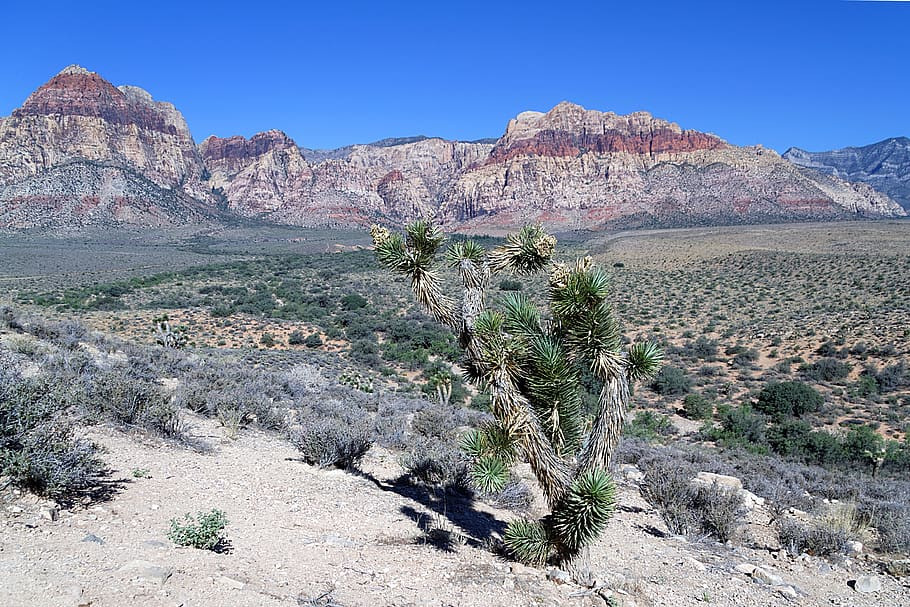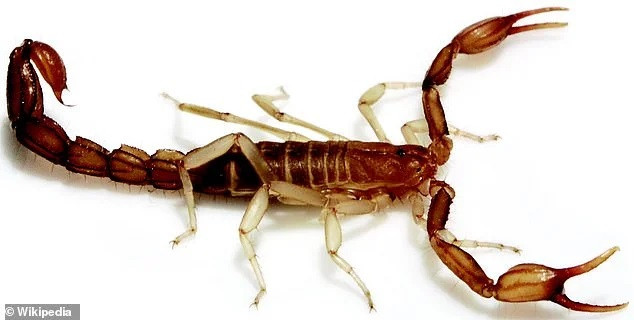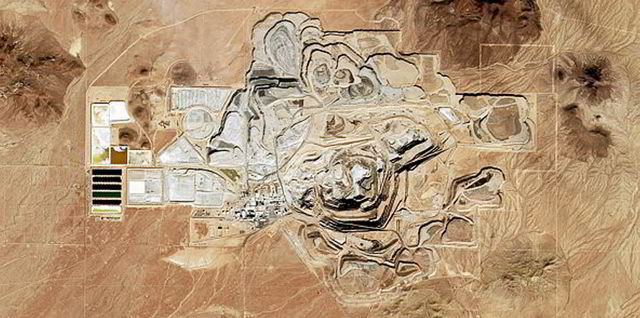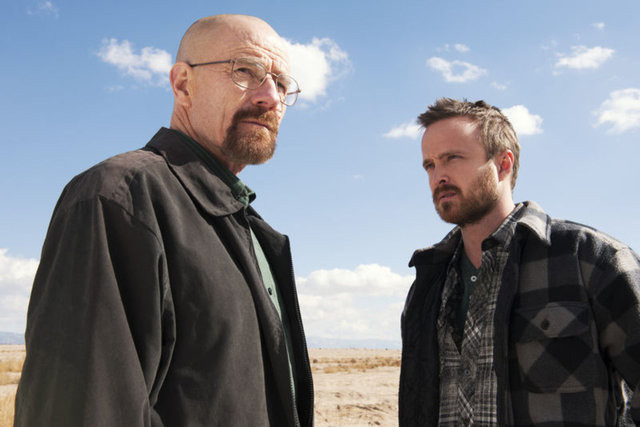Death Valley is known as the hottest place in the world with temperatures above 49°C in summer. Besides the heat, the California desert is also home to numerous fearsome scorpions, tarantulas and venomous snakes that lurk silently. You may also want to be mindful of your steps, as there are more mine shafts filled with toxic gas than you might imagine.
So how do people survive in a place like this? Here are the most dangerous things in Death Valley National Park and what park rangers recommend for surviving in harsh conditions.
deadly weather conditions
“Be prepared to survive,” warns National Park officials warn that local temperatures can be lethal. Death Valley is known as the hottest and driest place in North America and the world. It’s not unusual for people to die here, but the true extent of heat-related illnesses is unknown.
The highest temperature of the valley reached a peak of 57°C in the small village of Furnace Creek about 110 years ago, and dropped to around 0°C at night. While these warm to cold temperatures are quite normal in the region, the sand cools so quickly at night that freezing conditions often occur.

The rangers offer some advice in this regard. They recommend drinking at least 4 liters a day, and more if you’re active, to replace the water lost through sweat. Other than that, they say to stay on asphalt roads during the summer and if your car breaks down, stay in your car until help arrives.
dangerous animals
The approximately 225 km long desert is home to some pretty scary creatures, from rattlesnakes to scorpions and even black widow spiders. That’s why park officials warn that those entering this difficult terrain should never put their hands or feet where they can’t see them properly.
The Wernerius inyoensis scorpion was discovered in 2009 in the Inyo Mountains of the valley and is one of the smallest scorpions discovered in the USA. Although poisonous, this species is not dangerous enough to kill you. However, you still need to be hospitalized in case of sting.
Tarantulas and Mojave desert snakes lurk here as well, with the latter potentially killing a small child or animals weighing up to 30 pounds. Although it may surprise you, rodents in the area also pose a high risk of death. Because they can spread hantavirus in contact with them or their feces.

In addition to chills and stomachaches, fatigue, fever and muscle aches are among the symptoms of this virus. While it is not known whether anyone in the valley has contracted the disease, the researchers found traces of a variant of the virus in local cactus mice.
dangerous roads
With the scorching temperatures and countless scorpions, you might expect these to be the main causes of death in Death Valley. However, park officials state that car accidents take the most lives here and there have been many incidents over the years.
Getting help is difficult due to the weak phone signal and total disconnection from Las Vegas on the edge of the valley. Authorities state that to avoid accidents, you must obey speed limits, shift to a lower gear when descending steep slopes, and always wear your seat belt.
Toxic mines
In the late 1800s, many eagerly flocked to Death Valley in search of gold and silver. These efforts, however, failed due to a lack of water, fuel, and technology that made it impossible to find anything of value.
Today, abandoned mines are scattered all over the desert. The most dangerous of these is the 152 m deep Boraxo Mine, which has attracted people’s reaction to the exploitation of the national parks.

While these historical sites may seem interesting to explore, rangers say they should be avoided at all costs. Because there is a very high probability that they contain toxic gases. Also, the University of Nevada warns that a person may not feel the effects until they are out of the mine.

Dangerous cannabis farms
If you’ve watched Breaking Bad, you’re familiar with the cannabis farm that Walter White set up in the middle of a deserted desert. As it turns out, parts of Death Valley are home to highly similar areas that rangers claim are potential dangers. If any of these are found, authorities recommend running, walking, crawling or hiding to be safe.
Lastly, the guards; He says that those who come here should be well prepared, they should carry detailed maps and inform them of the plans they have made beforehand.